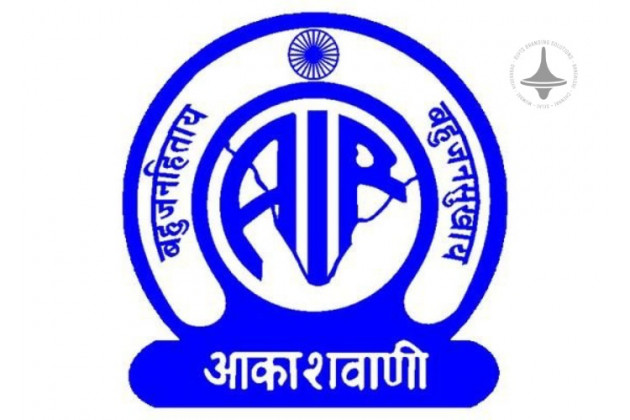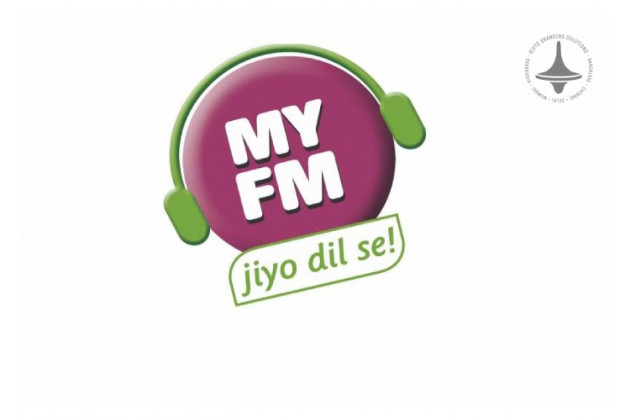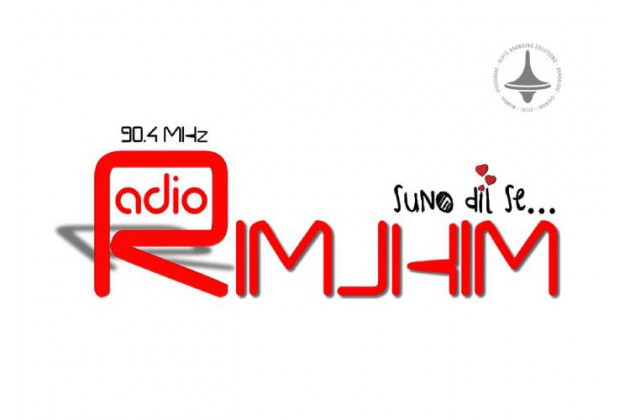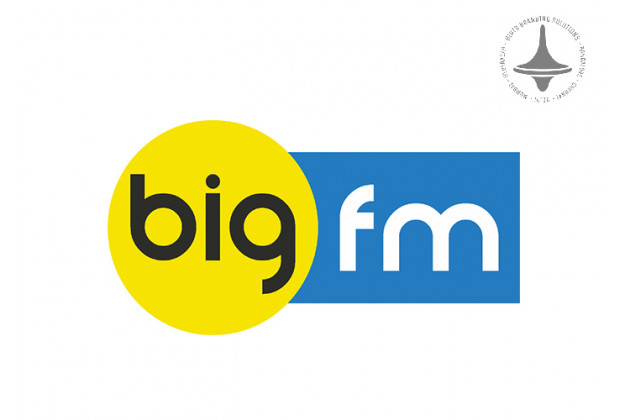Stadium Naming Rights | Sports Media | Digital Marketing | Elyts

In the high-stakes world of sports marketing, stadium naming rights continue to attract major brands willing to spend tens or even hundreds of millions of dollars. But with shifting audience behaviors, the rise of digital platforms, and growing scrutiny over marketing budgets, many are asking the big question: Are stadium naming rights still worth the big bucks?
The Power of a Name
A stadium's name isn't just signage—it's a perpetual
media asset. Every time a commentator mentions the venue, every highlight
reel that flashes the name, every event ticket printed or mobile check-in—these
are all touchpoints for brand visibility.
Companies like SoFi, AT&T, Emirates,
and Allegiant Air have invested heavily in naming rights, banking on
long-term brand exposure and prestige. But what exactly do they get in return?
The Marketing Benefits
- Massive
Brand Visibility
Stadiums host not just sports games but also concerts, conferences, and global tournaments. This means year-round exposure to live audiences and millions more via broadcast and social media. - Deep
Community Integration
Having your brand attached to a stadium embeds it within a city’s culture. Think “Wrigley Field” or “Madison Square Garden”—some names become part of the public identity. - Corporate
Hospitality & B2B Opportunities
Naming rights often come with VIP suites, event access, and exclusive marketing perks—an ideal setup for B2B networking, partner hosting, and client relationship building. - Digital
Amplification
In today’s world, every stadium photo, tag, or check-in online brings more eyeballs to the brand name. Social media has expanded the reach far beyond in-person spectators.
The Price Tag
Despite the benefits, naming rights don’t come cheap. Here
are a few high-profile deals:
- SoFi
Stadium (Los Angeles): $625 million over 20 years
- Allegiant
Stadium (Las Vegas): ~$25 million per year
- MetLife
Stadium (New Jersey): $17 million annually
These are multi-year, multi-million-dollar commitments,
raising questions about return on investment (ROI).
The Challenges and Considerations
- Measuring
ROI
Unlike digital ads, the effectiveness of naming rights isn’t always directly measurable. Brands often look at brand recall, media impressions, and local sentiment—but these are harder to quantify. - Brand
Risk in Controversies
If a stadium or team is involved in a scandal, the brand name could take collateral damage. Reputational risks must be factored in. - Changing
Fan Behavior
Younger audiences consume sports differently—via streaming, clips, and social media—often skipping traditional broadcasts where the stadium name is heard. - Saturation
With so many branded stadiums now, the novelty has worn off. It takes more creativity to stand out beyond the nameplate.
Is It Still Worth It?
For big brands with long-term vision, naming rights
can still offer significant strategic value. It’s not just about
signage—it’s about owning a moment, a space, and a story that ties
deeply into a city’s culture and fan loyalty.
However, for brands seeking immediate ROI or
hyper-targeted conversion metrics, the cost might not align with the return. In
such cases, investing in digital sponsorships, influencer partnerships, or
experiential activations could yield better results.
The Verdict
Stadium naming rights aren't dead—they're evolving.
The game has shifted from just slapping a logo on a building to building
immersive, long-lasting brand experiences tied to iconic venues. When done
right, the investment isn’t just in a name—it’s in legacy.
Elyts Advertising and Branding Solutions | www.elyts.in (India) | www.elyts.agency (UAE)






















Leave a Comment